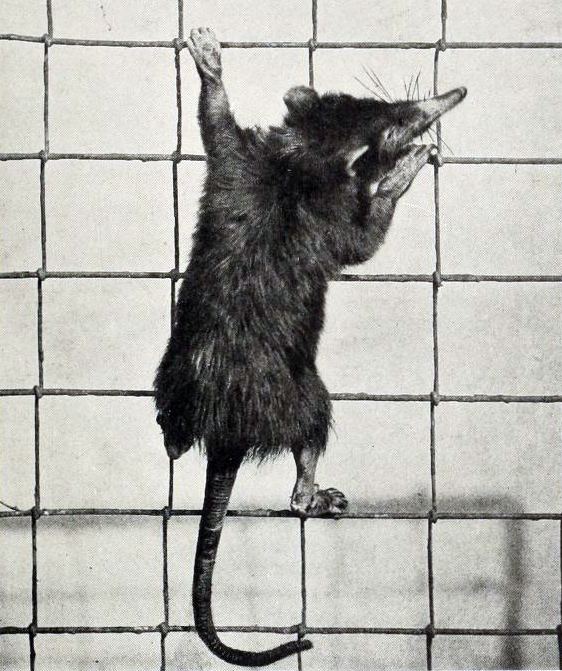Facts About Cuban solenodon
The Cuban solenodon, also known as the almiqui, is a fascinating and rare mammal native exclusively to Cuba. Belonging to the Solenodontidae family, one of its most extraordinary characteristics is its venomous saliva—a rarity among mammals. First described by Wilhelm Peters in 1861, the species was presumed extinct by the 1970s due to a lack of recent sightings. However, efforts in that decade confirmed its continued existence, with populations discovered in central and western parts of the Oriente Province of Cuba.
The Cuban solenodon is a nocturnal burrower, sporting a dark brown to black coat, small eyes, and a long snout, giving it a shrew-like appearance. It shares some resemblance with members of the Tenrecidae family from Madagascar. Measuring between 16 to 22 inches in length, it has a rat-like mien, complete with a scaly tail. Sadly, this unique creature has been listed as endangered since 1982. It faces numerous threats, including low reproductive rates, predation by invasive species such as the small Asian mongoose, habitat destruction due to deforestation and mining, and predation by feral cats and dogs.
Exclusively found in Cuba, the Cuban solenodon is an adept nocturnal hunter, preying on insects, invertebrates, fruits, and small animals. Its diverse diet includes fungi, roots, and even small prey like lizards, frogs, birds, and rodents, aided by its venomous bite. Despite being polygamous, males do not participate in raising the young; they only encounter females for mating before moving on.
